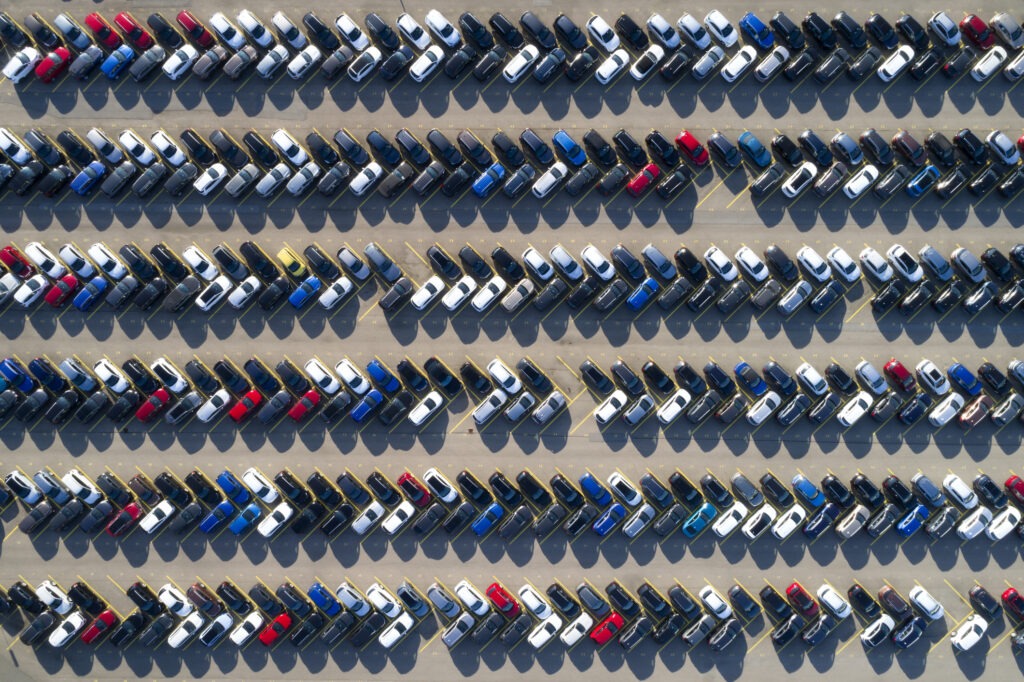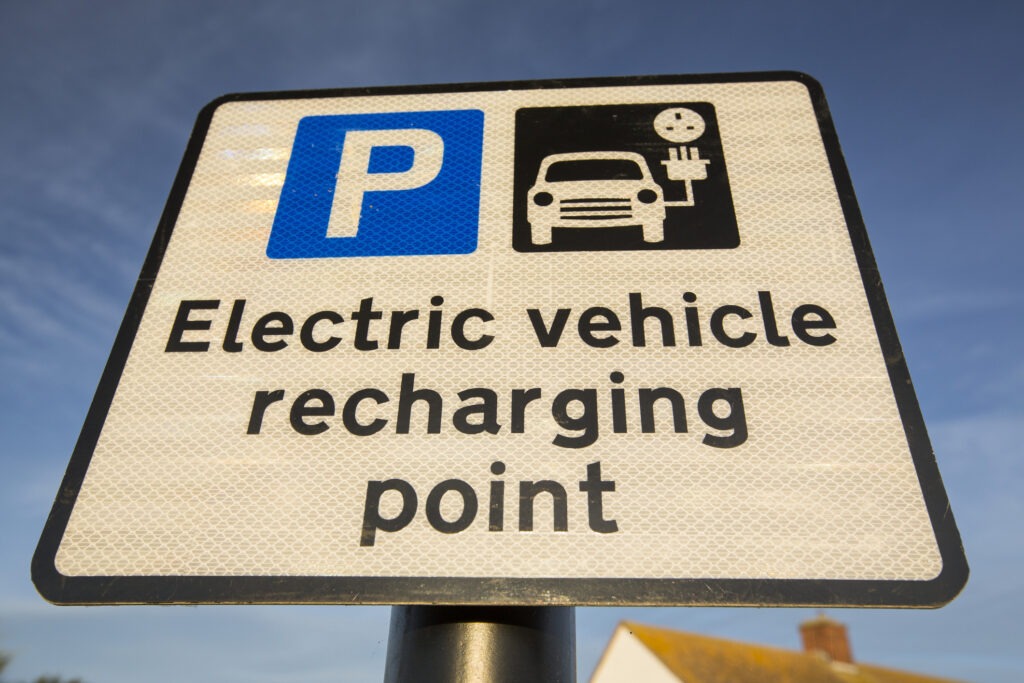EU new-car registrations drop in December as plug-in market falters
22 January 2024

After 16-consecutive months of growth, the EU saw a decline in new-car registrations in December 2023. This meant the region ended a largely positive year on a negative note, explains Autovista24’s special content editor Phil Curry.
The latest figures from the European Automobile Manufacturers’ Association (ACEA) show that the EU market contracted by 3.3% year on year in December.
This was thanks to a sharp decline in battery-electric vehicles (BEVs) and plug-in hybrids (PHEVs) deliveries. However, this poor plug-in performance was likely due to changing incentives, as well as exceptional registration increases in December 2022.
Losses were driven by Germany, which ended December down by 23%. Both the Netherlands and Sweden, significant contributors to the EU total, also saw declines, dropping 13.8% and 17% respectively.
All three of these markets can attribute their losses to poor performances in their electric vehicle (EV) markets. Meanwhile, both France and Spain saw notable increases overall, up by 14.5% and 10.6% respectively.
Dented 2023 performance
December’s result did slightly dent the EU’s full-year new-car market performance, with 2023 up 13.9% on 2022. This figure was down on November’s year-to-date figure of 15.7%.
Yet this improvement is still positive and marks the first yearly rise since 2019. It follows years of disruption, with the COVID-19 pandemic decimating the market, before a supply-chain crisis impacted deliveries until the second half of 2022.
Last year’s figures give the EU’s automotive industry a true benchmark in a new era. Presently, drivers are holding onto their vehicles for longer as the cost-of-living crisis changes spending habits, and EVs remain a considerable investment.
Compared to 2019, December was down by 18.7%. The full-year figures for 2023 were 19% lower than in the last year before the pandemic and supply-chain disruptions.
Did BEVs struggle?
For the first time since April 2020, when the automotive market was decimated by COVID-19 lockdowns, BEVs suffered a new-car registration decrease in the monthly EU figures. The powertrain declined by 16.9% compared to December 2022.
This meant the monthly BEV market share sat at 18.5%, down from 21.6% year on year. Across 2023, BEVs still managed to increase their share, taking 14.6% of the overall market, with registrations up by 37%.
In December, the powertrain was deeply impacted by declines in Germany (down 47.6%), Sweden (down 36.8%) and the Netherlands (down 18%). Of all other markets, only Romania (down 43.9%) and Croatia (down 17.3%) recorded BEV declines, but on smaller overall unit totals.
The BEV market was also very strong in December 2022. Across the first 11 months of that year, the average monthly market share for BEVs was 11.1%. However, December 2022 saw BEVs attain a share of 21.6%, almost double the average.
This highlights that the end of the year was exceptional. A push for registrations before incentive changes and increased deliveries following the easing of supply-chain problems likely boosted the market.
December 2022’s BEV market share remains the powertrain’s best performance to date. The only month to come close to this result was August 2023, with 21% of the market. This was thanks to increased registrations in Germany due to business incentives concluding at the end of that month.
December’s 18.5% share was the second-highest total of the year for BEVs. But with changing incentive schemes, especially in Germany and France, only time can tell if this trend will continue in 2024.
German results impact PHEVs
The PHEV market saw mixed results in 2023, and December was no different. The powertrain came up against a strong month in 2022 and ended the year with a decline of 40.2%.
This drop is a direct result of the German market, which saw a 74.4% fall in the month, equating to a difference of 51,907 units between reporting periods. The difference between December 2022 and December 2023 across the EU was 48,007 units, highlighting the impact of the slump in Germany.
Other markets to see PHEV falls were Denmark (down 49.8%), Malta (down 29.1%), Croatia (down 21.7%), Sweden (down 14.5%), Italy (down 12.4%), and Austria (down 6.8%). However, these drops were based on lower totals.
Across the year, PHEV registrations declined by 7%. This meant their market share fell, sitting at 7.7% in 2023, down from 9.4% in 2022. The powertrain may be suffering from the popularity of BEVs, as drivers neglect the ‘bridging’ technology and make the jump directly from internal-combustion engine (ICE) to all-electric options.
This meant that the overall EU plug-in sector (BEVs and PHEVs) fell by 25.8% in December, with its market share dropping to 26.8% in the month. For the full year, EVs saw an increase of 17.7%, with a market share of 22.3%, just 0.7 percentage points above 2022’s figure.
Electrified market closes on ICE
The mixed fortunes of ICE cars, made up of petrol and diesel models, continued at the end of the year. Petrol saw registrations grow by 5.1% in December, producing a 31.7% market share. Diesel deliveries declined by 9.1% as the powertrain’s spiral continued, meaning its market share was 12.1% in the month.
Across 2023, petrol remained the most popular powertrain, with registrations up 10.6% and a market share of 35.3%. Diesel saw its deliveries fall over the 12-month period by 5.8%, leading to a market share of 13.6%.
The combined ICE market share for the whole of 2023 fell just below 50%, sitting at 48.9%. The once dominant powertrain technology could lose its market dominance, as buyers opt for electrified technology, including BEVs, PHEVs and other hybrids.
This shift is not just due to diesel’s decline, however. While the technology saw its market share fall by 2.8 percentage points, petrol’s share also declined year-on-year, by 1.1 percentage points. The switch to electrified vehicles is therefore not down to one fuel’s fall but wider market choice.
However, electrified models were not able to wrestle the lead away from ICE cars in 2023. Across the year these powertrains made up 48.1% of registrations. So, just 0.8 percentage points separated electric technology from the engines which have driven the EU’s automotive market since its inception.
Much of the hard work in catching up was done by the hybrid market, made up of mild hybrids and full hybrids. In December, the drivetrain saw registrations increase by 26%, taking a market share of 26.5%. Across the year, hybrids improved deliveries by 29.5%, and held a share of 25.8%, up from 2022’s result of 22.7%.
The market was split by the ‘other’ category, which includes hydrogen fuel-cell electric vehicles, natural gas vehicles, liquid petroleum gas, E85/ethanol, and other fuels. These models made up 3% of registrations in 2023, the same total as the previous year.



